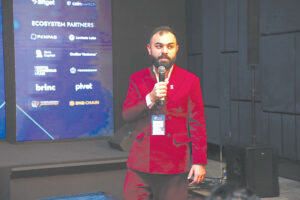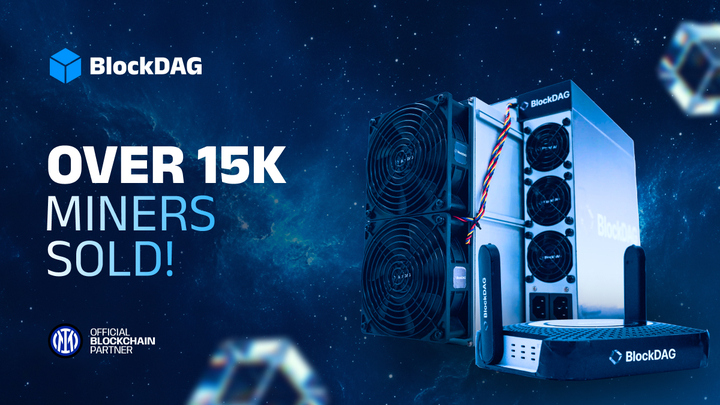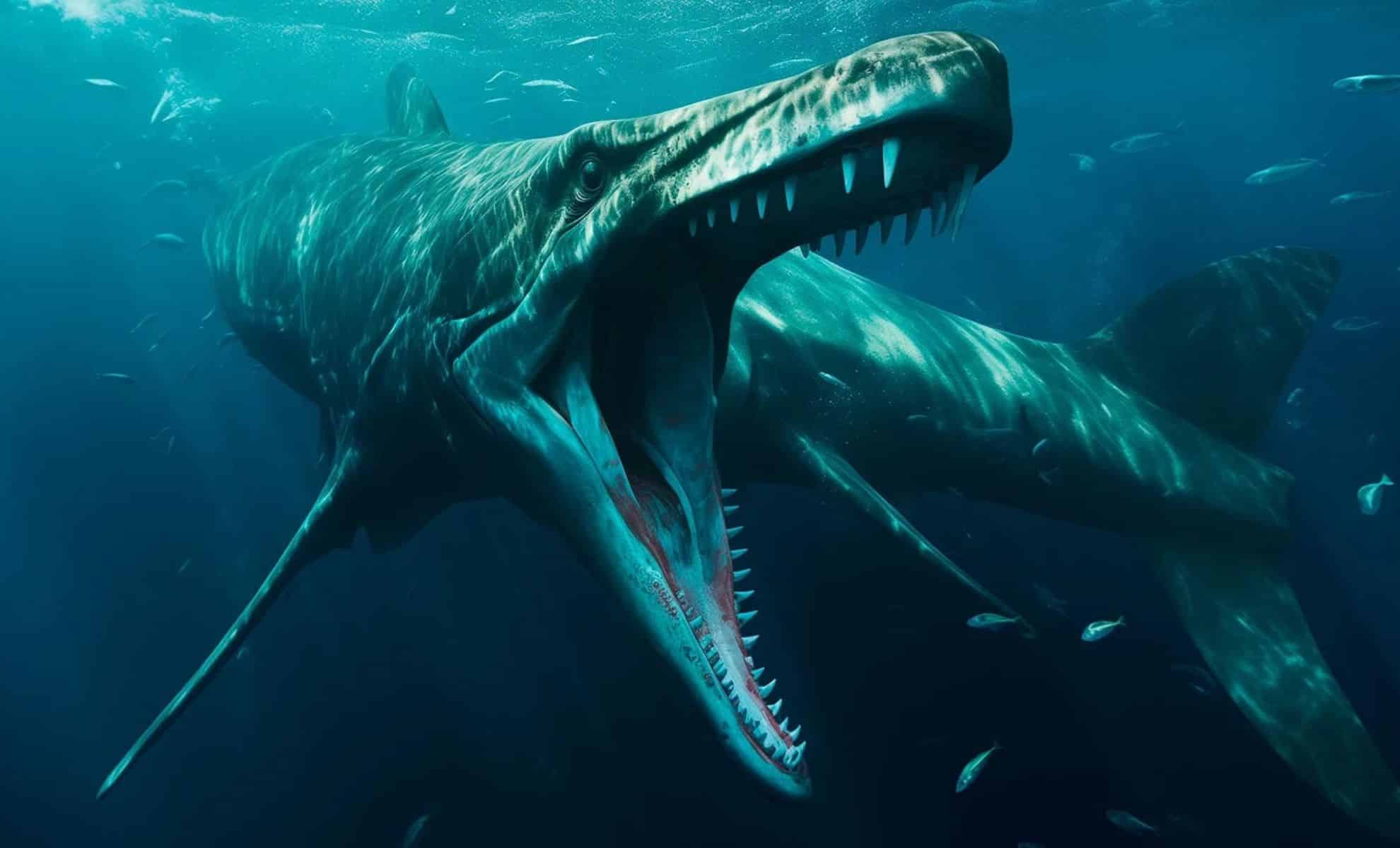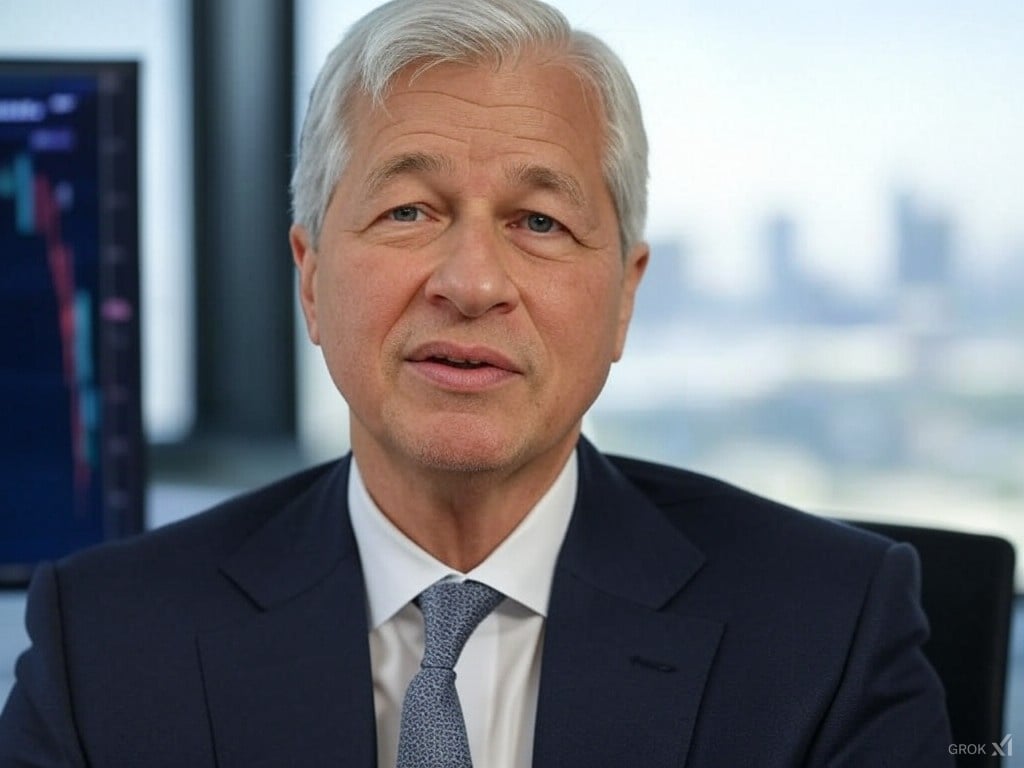The Pantone Color Institute has declared its colour of the new year 2025 — ‘mocha mousse’, an evocative soft-brown. When I first saw this lovely colour, it suggested cocoa, coffee and chocolate, and it also made me feel nice and cosy. The colour brown was already trending in some product categories for the past few months and now, with this announcement, it is likely to rock in the year ahead.
Pantone’s ‘colour of the year’ pick is based on its study of cultural trends, the prevailing mood and the desires bubbling up across the world. Here is what Laurie Pressman, Vice-President of Pantone Color Institute, says about mocha mousse: “For Pantone colour of the year 2025, we look to a mellow brown hue whose inherent richness and sensorial and comforting warmth extends further into our desire for comfort, and the indulgence of simple pleasures that we can gift and share with others.”
In essence, this colour taps into the collective human need for comfort and stability, which is a reaction and counterpoint to the chaos and conflict we see all around us — including two major wars and rising geopolitical conflicts day after day. Brown is, after all, the colour of the earth, which stands for solidity and stability.
Not a brand favourite
Given all these positive connotations, it is surprising that not many brands in India actively use brown. How many major Indian brands of cars or household durables or foods or lifestyle accessories have you come across that use a brown logo or packaging or a signature shade of brown? There are a few exceptions but most appear to have shunned brown because they may have viewed it as non-aspirational — neither bright nor impactful. Now, with brown deemed colour of the year, marketers have yet another opportunity to use it across product, retail and online touchpoints.
You may ask why use brown just because it has been declared colour of the year? Here are a few good reasons.
First, brown conveys warmth and comfort, stability and solidity — highly desirable emotive states for most consumers, particularly in today’s VUCA (volatile, uncertain, complex, ambiguous) world.
Second, brown is the colour of the earth. It stands for sustainability and something that is natural. With the rising focus on the environment, this attribute will appeal to a large segment. However, it will work only if the underlying product is environment-friendly.
Third, brown is an unpretentious colour, unlike purple or red or silver or gold. This will resonate with people who wish to get back to simple, happy living after the hectic pace and deceptive charms of modern digital-powered life, which is alluring but exhausting.
Fourth, brown subliminally cues small affordable pleasures, perhaps because of its association with delicious daily products such as chocolate and coffee. Therefore, it may be a perfect choice if a marketer wishes to position his or her product in the “everyday indulgences” zone.
Fifth, brown is a hugely under-utilised colour; therefore, the arena is wide open. Beautiful brown products, brand logos or online interfaces — whether for refrigerators or motorcycles or garments or packaged goods or e-commerce sites — are likely to cut the clutter.
I began the new year determined to cut down on sugar, whether white or brown. But even as I have been writing this article, I have been wondering: Why not make an occasional exception for dark brown chocolate or delicious mocha mousse?
(Harish Bhat is an avid marketer and bestselling author. He was previously the Brand Custodian at Tata Sons)








Leave a Comment